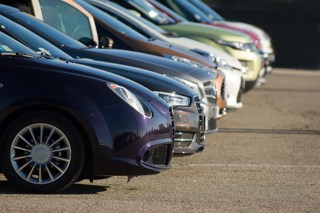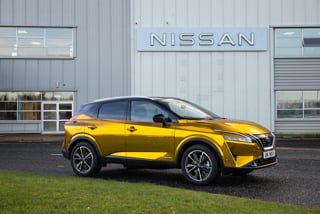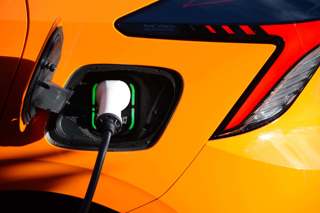The automotive sector should expect a period of shifting ownership and brand affiliation in 2023, as affordability begins to precede desirability.
Cox Automotive says consumers are becoming “open-minded” and “less loyal” to established brands in the emerging electric vehicle (EV) space.
As newer brands from China look to gain a foothold in the global market, the sector can expect to see Chinese manufacturers fill market gaps left by established OEMs as they step away from affordable but ultimately unprofitable legacy models. This means, for now, many Chinese manufacturers will be focused on offering ICE and Hybrid models, as well as EVs.
The global automotive sector is set to make a tentative recovery in 2023, despite prolonged disruption to new vehicle supply.
After another challenging year, in which performance remained below pre-pandemic levels, the UK outperformed many of its European neighbours, achieving 1,614,063 new car registrations. This was within 0.7% of Cox Automotive’s best case scenario forecast for the year.
Philip Nothard, Insight and Strategy director at Cox Automotive, said: “It has been debated whether our industry has arrived at a Valley of Death regarding manufacturing. It would be correct that overall sales (and therefore production) have dropped off a cliff compared to pre-pandemic levels, but we should not be so pessimistic. Instead, we should look at the opportunities presented to us within the automotive industry and the forced development resulting from COVID-19.
“We are in a situation where it is no longer viable to attempt to maintain the success of the pre-pandemic automotive industry. But, as well as uncertainty, plenty of opportunities come afoot with this. We need to have a glass-half-full mentality. We’re in a valley of opportunity, and 2023 could be a critical year for reaching new horizons.”
The sector is entering a new era of significant change amid shortening lead times, where supply is significantly below normal pre-pandemic levels. There has been a notable shift in how consumers are accessing vehicles, as well as the types of vehicles that are in demand. While passenger cars will always remain a necessity, higher interest rates and affordability represent important obstacles for the market in 2023. As a result, the sector will likely see a continued preference towards affordable used cars as new vehicles become out of reach for many. Likewise, subscription models haven’t quite taken off, and many still favour a two- or three-year Personal Contract Purchase (PCP). So, although the high demand for used cars has somewhat levelled, it’s a market that remains very safe for now.
While the cost of producing vehicles is increasing, the rise has been particularly acute for battery vehicles due to the scarcity of critical materials such as cobalt, magnesium, platinum, and lithium. Similarly, growing EU financial and global supplier challenges dampen consumer-led demand for new electric vehicles.























Login to comment
Comments
No comments have been made yet.